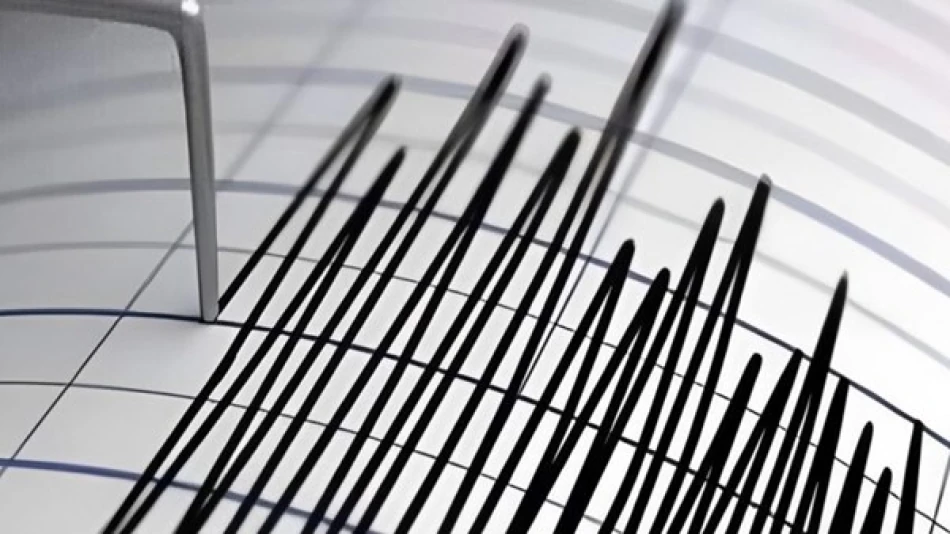
Earthquake Monitoring Network Detects Tremor in Al-Sallum
UAE Records Minor 3.5 Magnitude Earthquake in Al Sila Region
The United Arab Emirates experienced a minor earthquake measuring 3.5 on the Richter scale in the Al Sila area early Friday morning, according to the National Center of Meteorology. While the tremor was lightly felt by residents, authorities confirmed it posed no threat or damage to the region, highlighting the UAE's relatively stable seismic profile compared to neighboring geological hotspots.
Seismic Activity Details
The National Center of Meteorology's earthquake monitoring network detected the tremor at exactly 12:03 AM local time on August 8, 2025, in Al Sila, located in the western region of Abu Dhabi emirate. The center announced the findings on social media platform X, emphasizing that while the earthquake was "lightly felt" in the surrounding area, it caused no significant impact or damage.
At magnitude 3.5, this earthquake falls into the category of minor seismic events that are typically felt by people but rarely cause structural damage. Such tremors often serve as reminders of the underlying geological processes in the region without posing immediate risks to infrastructure or public safety.
Regional Seismic Context
UAE's Geological Position
The UAE sits in a relatively stable part of the Arabian Peninsula, though it experiences occasional minor seismic activity due to its proximity to the Zagros mountain range and the complex tectonic interactions between the Arabian and Eurasian plates. The country's western regions, including Al Sila, occasionally record low-magnitude earthquakes as part of the broader regional geological dynamics.
Comparison to Regional Seismic Zones
Unlike neighboring Iran, which sits along highly active fault lines and regularly experiences significant earthquakes, the UAE's seismic activity remains minimal. Countries like Turkey and parts of the eastern Mediterranean face far more substantial earthquake risks, making the UAE's 3.5 magnitude tremor relatively insignificant in the broader regional context.
Infrastructure and Preparedness Implications
The UAE's robust earthquake monitoring network, operated by the National Center of Meteorology, demonstrates the country's commitment to seismic surveillance despite its low-risk profile. This infrastructure investment reflects broader trends across Gulf Cooperation Council nations to enhance natural disaster preparedness, particularly as urban development accelerates.
For the UAE's construction and real estate sectors, minor earthquakes like this serve as periodic reminders of the importance of maintaining seismic-resistant building standards, even in low-risk zones. The country's modern infrastructure and strict building codes ensure that such minor tremors pose minimal threat to the extensive development projects across the emirates.
Monitoring and Future Outlook
The quick detection and public announcement of this minor earthquake showcases the effectiveness of the UAE's seismic monitoring capabilities. As the country continues its rapid urban expansion, particularly in western regions like Al Sila, maintaining robust earthquake detection systems remains crucial for public safety and confidence.
While this 3.5 magnitude earthquake represents typical minor seismic activity for the region, it underscores the importance of continued geological monitoring as the UAE develops its western territories and maintains its position as a regional hub for business and tourism.
 Layla Al Mansoori
Layla Al Mansoori







